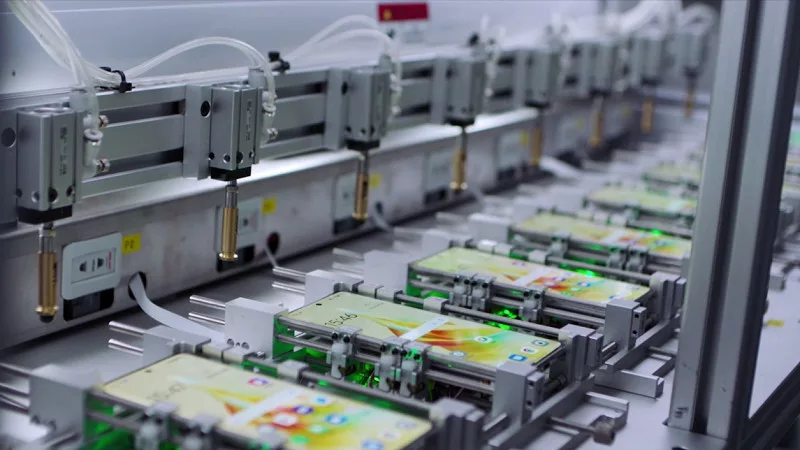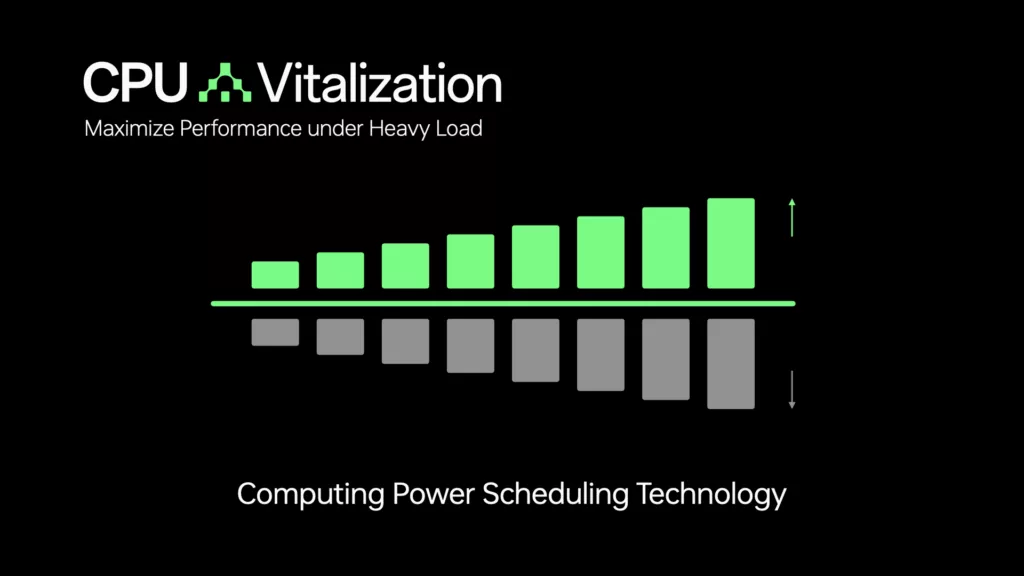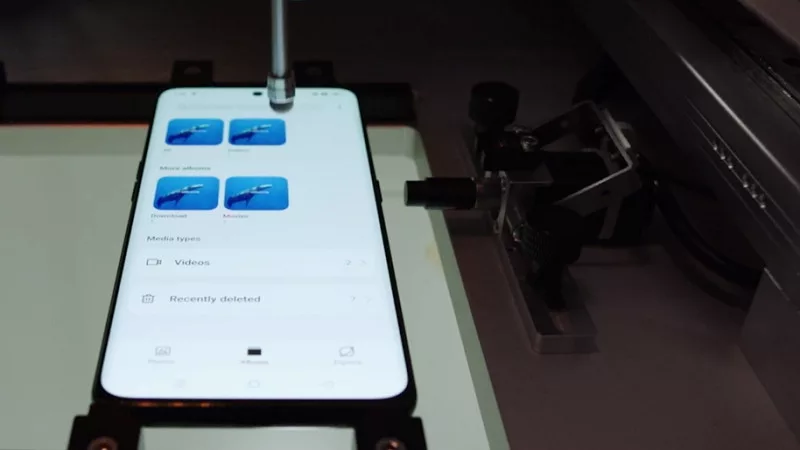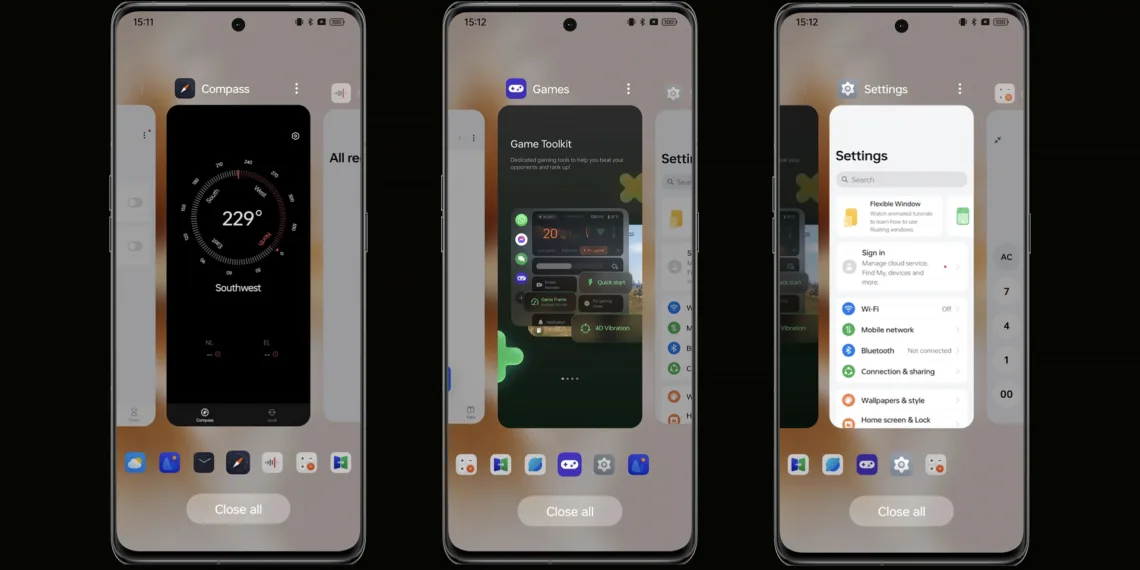For over a decade, OPPO has been refining ColorOS, its Android-based operating system, with a singular goal: delivering an unmatched smooth user experience. However, the journey wasn’t just about raw speed; it was about understanding how users perceive and interact with their devices.
From raw speed to perceived smoothness, OPPO takes a human-centric approach to its operating system
Visible vs. Invisible Smoothness:
Early efforts, like UI First, prioritized active applications, reducing visible lag but sacrificing background app performance. To address this, OPPO delved into “invisible smoothness”: optimizing temperature control, battery life, and uninterrupted performance for all tasks. This involved in-depth analysis of chip performance, memory compression, and breakpoint reading technology.

Benchmark Busting, Yet Human-Focused:
While ColorOS excelled in benchmarks, the team realized high speeds didn’t always translate to a comfortable user experience. Human Factors Analysis was introduced, studying user interaction and perception. This led to insights like Aquamorphic Effects in ColorOS 14, where animations are intentionally slowed down for a more natural feel.


Consistency is Key:
Understanding “negative bias” (focusing on negative moments over positive ones) led to the prioritization of consistency over occasional bursts of speed. Response times are set at a consistent 135 milliseconds, and millions of tests ensure smooth touch feedback, app switching, and display performance.

Embracing the Future with AI:
Anticipating the resource demands of AI-generated content, OPPO is developing memory and power management techniques. The Trinity Engine optimizes system smoothness with microarchitecture-level resource management, while Instantaneous Bandwidth Technology dynamically adjusts memory access speeds based on usage.
The result? ColorOS 14 delivers a guaranteed smooth experience for up to 48 months, drawing on insights from 600 million active users. OPPO’s journey highlights the importance of understanding not just the technology, but also the human element, to create a truly seamless mobile experience.








